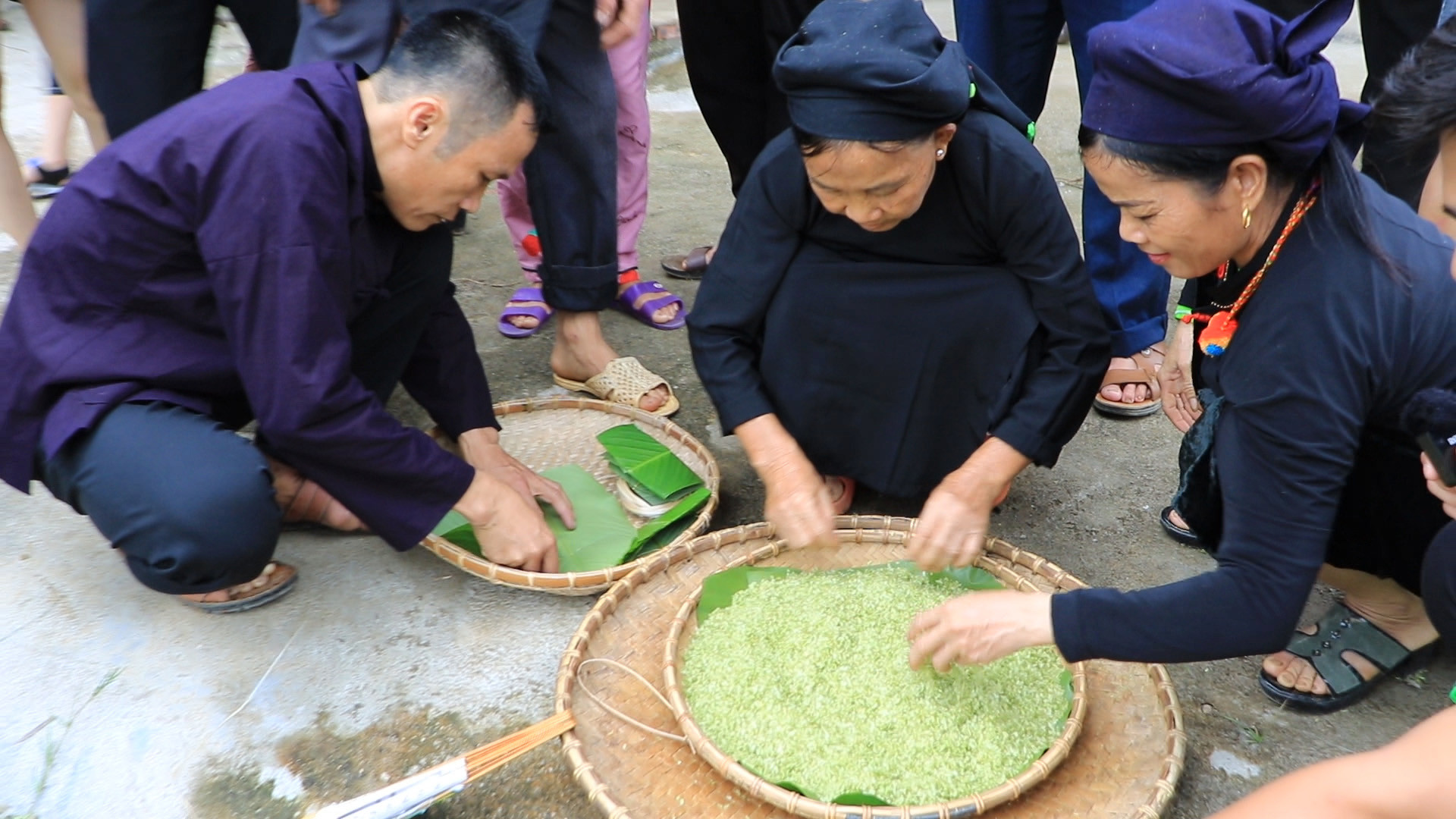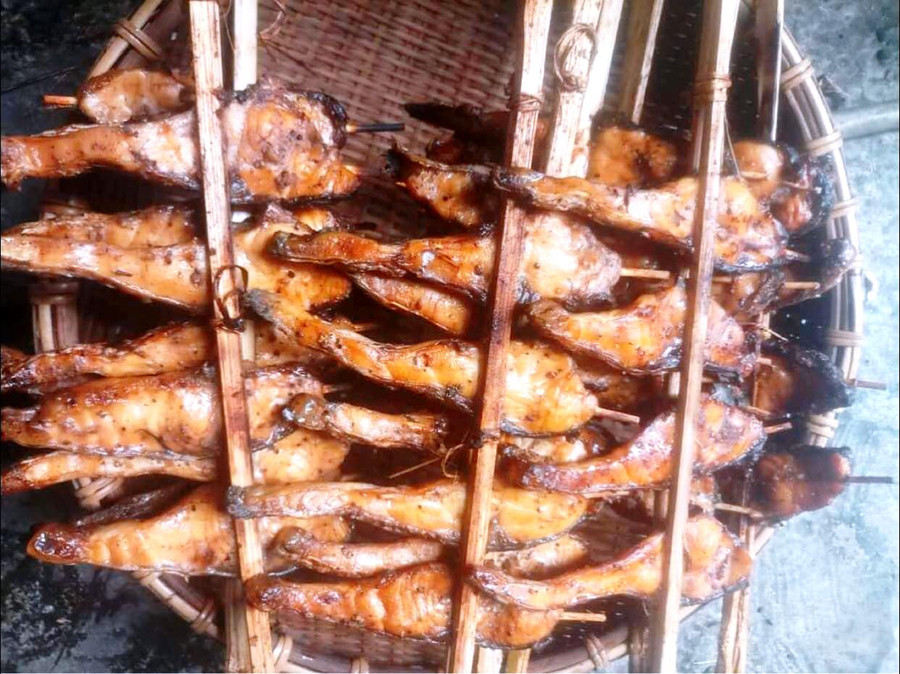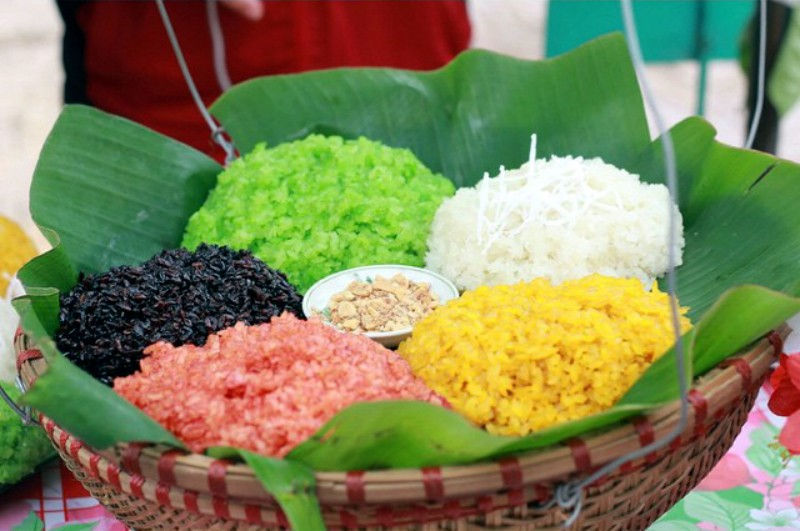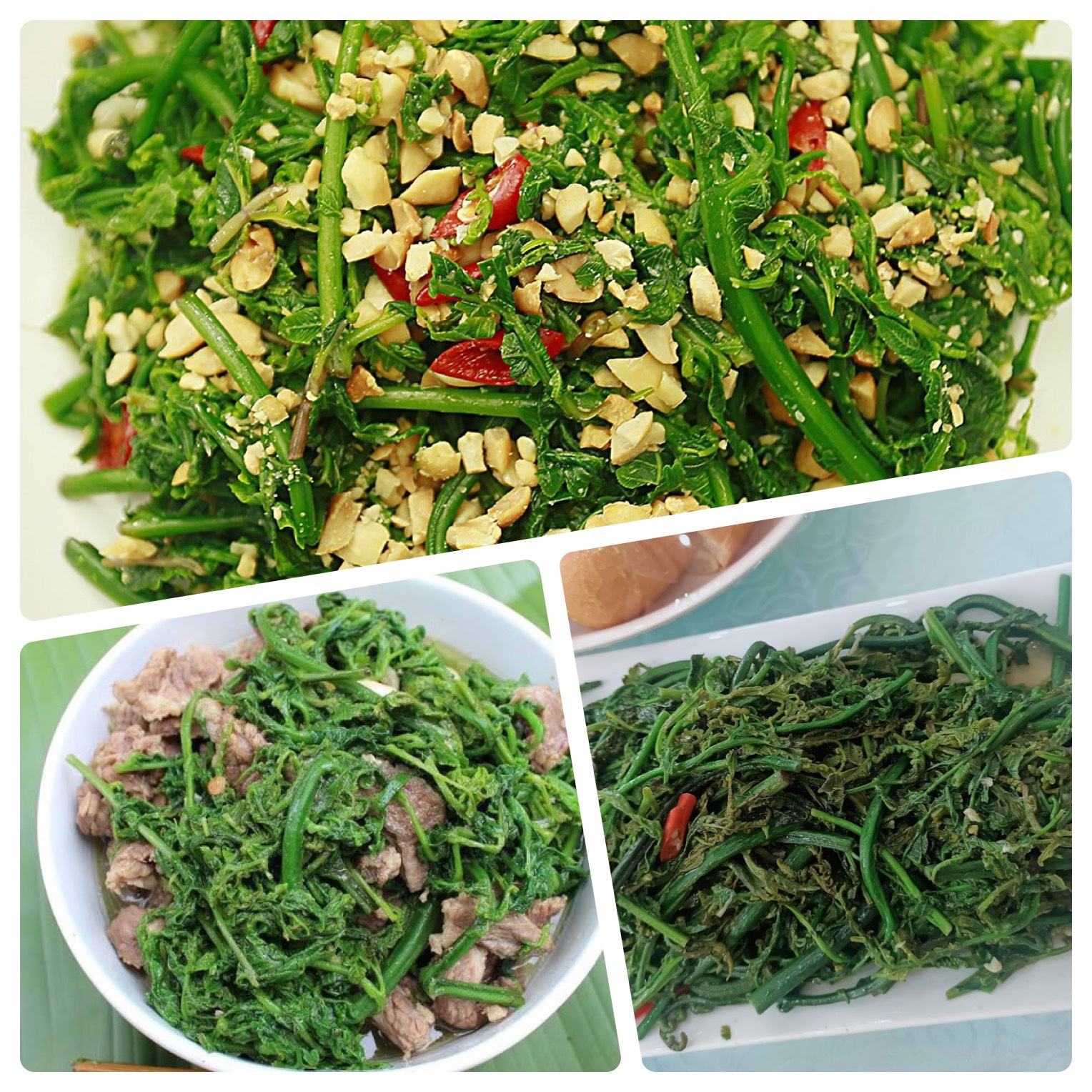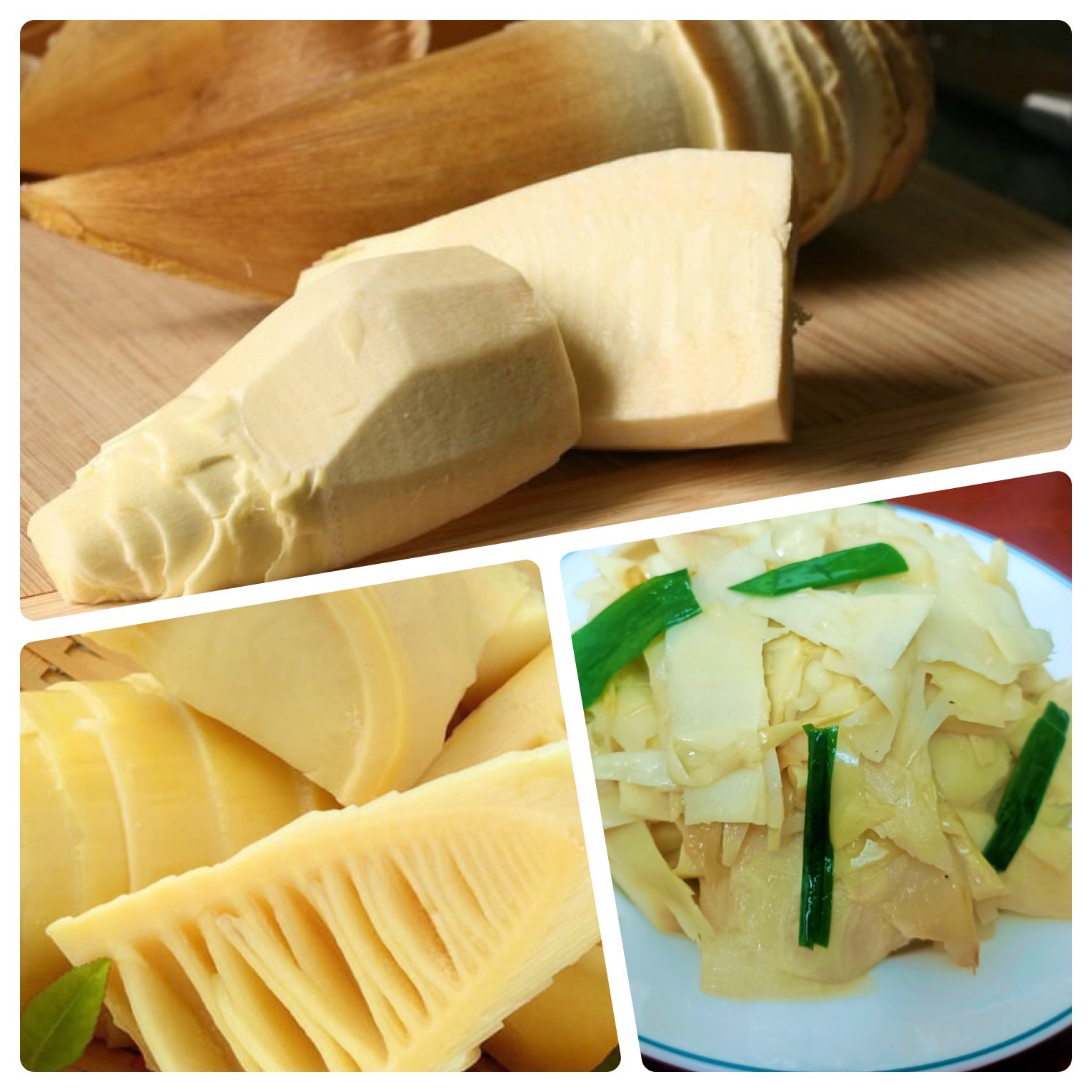Go to Muong Bo to enjoy "flying shrimp"
Every year, starting from the end of September, the beginning of October, on the terraced fields of Sapa highland, ripe rice is dyed a brilliant yellow. This is also the season when locals go to catch the fat, round grasshopper ... which they are used to calling with the common name: "Flying shrimp".From Sa Pa town, turn along the winding route hugging the hills on Provincial Road 152, below are beautiful terraced fields, growing close to the hillside are rose farms blooming and fragrant, above are the mountains with floating clouds. It took us about an hour by motorbike to reach the center of Muong Bo commune. As far as the eye can see, the valley here is surrounded by mountains with green trees. Coming to Muong Bo, not only the natural scenery, but also visitors can discover many delicious and fancy dishes, including "flying shrimp".
 |
|
"flying shrimp" |
Mrs.Vang Thi Pang, from Muong Bo 1 village, said: Every afternoon, when it's getting dark, there are a lot of women with flashlights on their heads, with lateral is neohouzeaua tubes that have "flying shrimp". "Flying shrimp" sleep on rice leaves. This species has wings that fly and turn very quickly, so the catcher must go gently, skillfully, and especially quickly, without making noise, the new catch will be effective, so it is suitable for women.
A person like Mrs. Vang Thi Pang usually catches about 1 to 2 kg of "flying shrimp" every evening, with the selling price from 100,000 VND to 150,000 VND/kg, and also earns an additional revenue for each ripe rice crop. Merchants often place orders in advance, sometimes when people go to catch them, they don't have enough to supply them.
"Flying shrimp" can be processed into many dishes: Roasted, grilled in a neohouzeaua tube, fried with chili... but roasted is the most popular dish. Particularly, roasting dishes also have enough variations, from roasting salt to roasting chili, roasting lemon leaves... but the most authentic and elegant scene is still roasted with lemon leaves and lemongrass. The dish is thought to be simple and popular, but on the drinking table, it costs as much as other delicious dishes.
When catching "flying shrimp" must be kept in neohouzeaua tubes for 1 day to clean, then processed. If left for a long time, the dead "flying shrimp" will lose its deliciousness and nutritional value. Before processing "flying shrimp" into a dish, indigenous people soak "flying shrimp" in sour vinegar or sour bamboo shoot juice for about 40 minutes to clean, soft wings and thighs when eating without hardening.
After removing the "flying shrimp" from the vinegar or sour bamboo shoots, drain the water and then put it in a hot fat pan. If you want to have a delicious roasted "flying shrimp" dish, when roasting, people pay special attention to the fire level at a moderate level, when putting it in the pan, use chopsticks to stir it. When the whole body of the "flying shrimp" turns yellow, the wings of the "flying shrimp" turn dark gray, the belly of the shrimp is plump, seasoning just enough with the main noodles, a little fresh chili and stirring quickly. Finally, add lemon leaves, finely chopped lemongrass, stir until cooked.
Roasted "flying shrimp" is fragrant, sweet, crunchy and greasy when chewed. Although enjoying it once, diners are especially impressed and remember the "flying shrimp" dish of the highland people.
The dish "flying shrimp" in Muong Bo commune is loved by many diners because it is a natural source of ingredients.

